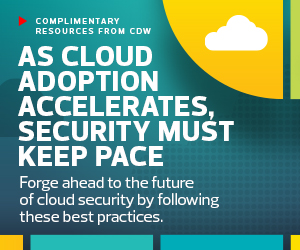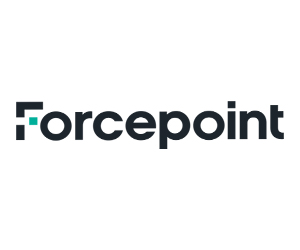Remote work models adopted in haste to manage the early months of 2020 have now given way to a more robust solution: Distributed or hybrid work.
As noted in a recent Dropbox piece, while remote work is a discipline for individual staffers, distributed work is an approach that encompasses the entire organization. In practice, distributed work approaches see companies supporting both in-office and at-home options, treating remote workers not as an anomaly but rather as an integral part of long-term business strategy.
From a functional perspective, the move to distributed environments offers substantive benefits. When it comes to security, though, this shift introduces potential risk. Here’s how secure access service edge (SASE) solutions can help bridge the gap.
What Is SASE?
According to Jim Fulton, senior director of product marketing at Forcepoint, SASE is a cloud-based approach for enabling people working anywhere — at home, in branch offices or even while traveling — to safely and efficiently get to the applications and data they need to be productive. “SASE combines networking technology for connecting distributed offices with security services that enable people to enable these services.”
DISCOVER: Dive deeper into the SASE security framework with Forcepoint.
Fulton further breaks down SASE into two parts: SD-WAN and a set of cloud-based security services, such as secure web gateways, cloud access security brokers and zero-trust network access.
“These services are delivered from the cloud and managed in one place,” he says, “allowing people to get what they need on the web, in cloud apps and in data centers or private clouds.”
He notes that for SASE solutions to be effective, they must be seamless: “You need one console to manage the web, cloud and data center, and another to define all policies in one place. This allows you to define a set of security polices and constantly enforce them across your entire IT environment.”
What Benefits Does SASE Offer?
The onset of a global pandemic accelerated the shift to remote and distributed work by as many as three years. In turn, threat actors have stepped up their attacks. SASE offers a way to protect people no matter where they are or what data they’re accessing.
“It’s all about enabling people to be more productive and to do their work anywhere they need, with access to all the information they need,” says Fulton. “In a post-pandemic world, this is a must-have.”
He points to four key benefits:
- Improved productivity. By providing streamlined and secure access to data, users aren’t constrained by location or device.
- Cost control. “SASE doesn’t just shove old technologies into the cloud,” says Fulton. “It reinvents and integrates them to help squeeze out gaps and redundancies to reduce total operating expenses.”
- Reduced risk. Unified and consistent policies, enforcement and operations reduce the possibility of accidental breach or malicious compromise.
- Streamlined compliance. Evolving regulations rely on the principle of due diligence. SASE satisfies this expectation by providing a standardized and transparent security framework.
Click the banner below to dig deeper into cloud security guidance from CDW.
Fulton notes that many organizations are finding their overall productivity has increased after the shift to remote and distributed work: “SASE enables the same access and data security policies to be used no matter where users are, so you don’t need multiple mechanisms.”
He also points to the increased risk that comes with using disparate security products to achieve the policy consistency and data protection offered by SASE. While these solutions offer individual benefits, attempts to layer them often create unintended gaps that attackers could use to access key systems. “Security is much more likely to go wrong if you’re using multiple systems,” Fulton says.
What Is Data-First SASE?
As pioneers in the merger of data access and security, Forcepoint has a unique perspective on SASE. “We have one of the industry’s broadest SASE solutions,” says Fulton. “We bring different elements together to incorporate strong data protection and solve the problem of having too many software agents on user devices.”
The result is what Forcepoint calls “data-first SASE” — solutions that protect users in the cloud while also protecting data when users get to it. By combining best-in-class data security, unified agent infrastructure and hybrid deployment options, Forcepoint makes it possible to secure access and operations no matter where data or users reside.
For Fulton, the use case for distributed organizations is simple. “Data-first SASE makes it possible for people working anywhere to get to and use data safely everywhere,” he says.
Brought to you by:












